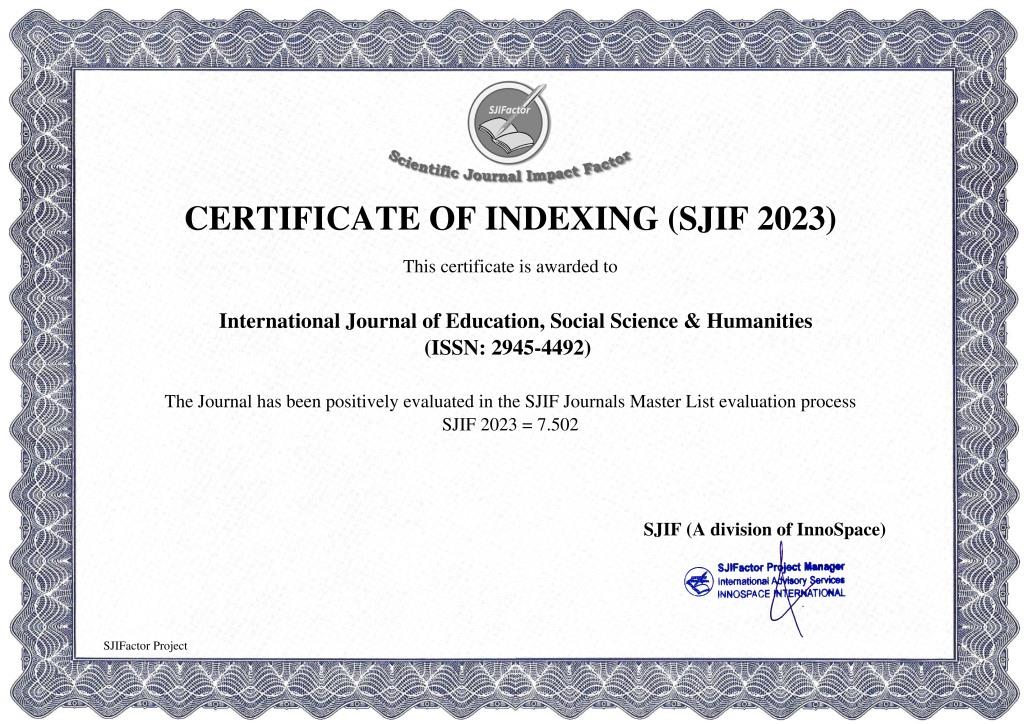ANALYSIS ON SHORT INTENSIVE PRACTICE ON INTERPRETER TRAINEES’ PERFORMANCE
Keywords:
review, subject, post-test training, native speakers, entrance exam, fluent, admission, interpreting.Abstract
This article reviews and evaluates the topics of an entrance examination created for potential interpreter trainees based on answers from test-takers and trainers. A number of research have examined construct validity in interpretation testing (e.g., Clifford, 2005; Lee, 2008; Eyckmans et al., 2009; Turner et al., 2010), but few have examined the substance of admission exams that decide trainee selection. This article focuses on the psychometric category of authenticity among the methods available for test evaluation, that is, the link between test contents and the elicitation of skill performance during the test are those abilities that were the subject of post-test training.
References
Australian Electoral Commission. (2010). Translated information and telephone interpreter service. Retrieved from http://www.aec.gov.au/About_AEC/Translated_information/
Bell, S. (1997). The challenges of setting and monitoring the standards of community interpreting. In S. Carr, R. Roberts, A. Dufour, & D. Steyn, D. (Eds.), The Critical Link: Interpreters in the community (pp. 93–108). Amsterdam, the Netherlands: John Benjamins.
Beltran Avery, M. P. (2003). Creating a high-standard, inclusive and authentic certification process. In L. Brunette, G. Bastin, I. Hemlin, & H. Clarke (Eds.), The Critical Link 3: Interpreters in the community (pp. 99–112). Amsterdam, the Netherlands: John Benjamins.
Bernstein, J., & Barbier, I. (2000). Design and development parameters for a rapid automatic screening test for prospective simultaneous interpreters. Interpreting, 5, 221–238.
Bowen, D., & Bowen, M., (1989) Aptitude for interpreting. In L. Gran & J. Dodds (Eds.), The theoretical and practical aspects of teaching conference interpretation (pp. 109–125) Udine, Italy: Camapanotte.














